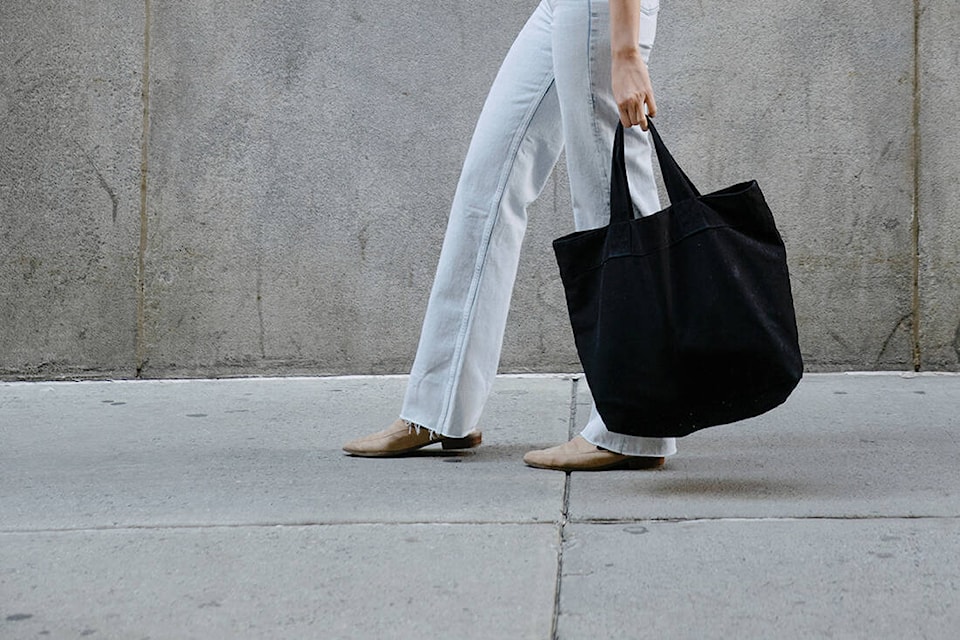BY MARIANE FRIZZI
Violence has no gender, but its impact does. We need an urban planning approach to stop gender-based violence.
The Canadian government is committed to implementing a national action plan to combat violence against women. Unfortunately, no formal execution plan has been published. Canada’s plan, thus far, is to invest $600 million over five years under the national action plan to end gender-based violence.
Gender-based violence is any act of violence perpetrated based on someone’s gender, gender expression, gender identity, or perceived gender. For example, women and girls are subjected to harassment, assault, and abuse because of their gender.
Cities are centres of opportunity and growth, but for many women, they can also be places of danger and insecurity. From street harassment and sexual assault to violence, women in cities face various safety concerns that can limit their ability to participate fully in urban life. That’s why creating safe spaces for women in cities is so crucial.
I write this from my own experiences as a woman who has been assaulted and sexually harassed; I understand the importance of safe streets. As a master of community planning student, I am more aware of the range of corrective solutions that can be implemented.
I am not saying that all women have been targeted. However, according to the Canadian Government, one in 10 women aged 15-24 have been sexually assaulted, and six in 10 women aged 15-24 experienced unwanted sexual behaviours in public.
It is time for corporations and governments to take serious action and invest in safe spaces for women in urban areas. In addition, we need to push for an inclusive urban design and planning method that acknowledges everyone’s rights to safe and accessible public spaces, regardless of gender.
Enhancing public lighting in high-risk areas is one of the best solutions. Research has proven that better lighting lowers crime risk, especially in poorly lit areas. In addition, women can move about in public locations like parks, alleys, and streets more safely and confidently if brighter, better-positioned lights are installed.
As well, awareness of the ways that gender-based violence impacts our communities must be discussed honestly and openly. Programs for education and awareness may be highly effective in decreasing violence and harassment toward women. Cities can work with educational institutions and other groups to offer workshops and resources on issues like consent, healthy relationships, and gender-based violence. In addition, cities can aid in fostering a culture of respect and safety that will benefit all societal members by interacting with young people early on.
Another major challenge facing women in cities is the need for more safe public spaces and services. For example, public transit has to be a reliable and safe mode of transportation for women. This may be done by improving the regularity of buses as well as adding safety measures like emergency buttons and security cameras. Also, communities can designate certain public transit areas for women alone, allowing women to feel more protected and at ease when travelling.
It is crucial for the well-being and success of our cities, as a whole, to create safe places for women in urban areas. This is true not only in terms of fairness and justice. We can all benefit from a brighter future by giving women the resources and support they need to succeed.
Mariane Frizzi is a master of community planning student at Vancouver Island University.
OPINION: Rental market tough on international students
OPINION: City streets not just for cars, but for community
OPINION: ‘Missing middle’ homes could help in housing crisis
editor@nanaimobulletin.com
Like us on Facebook and follow us on Twitter
